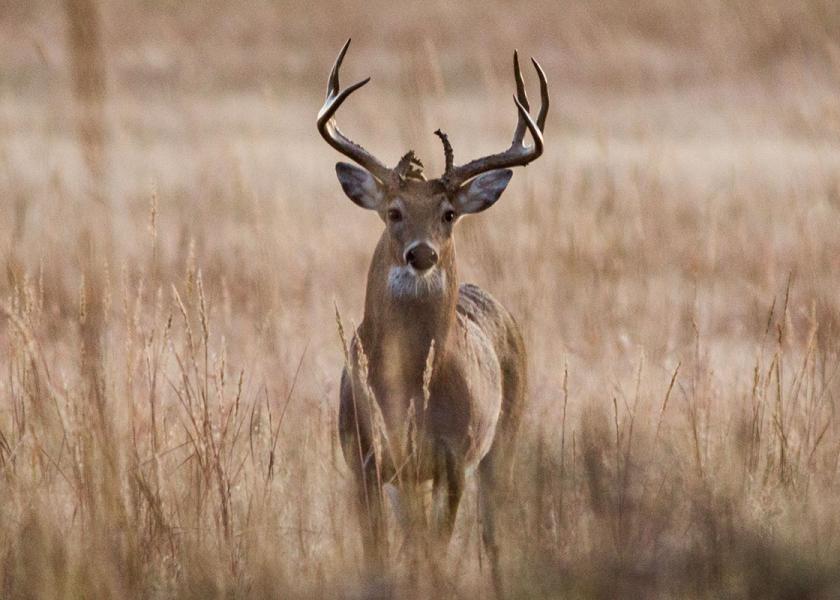Tracking the COVID Virus in Wild and Domestic Animals

USDA scientists are developing new tests and tools to identify and track the COVID virus and its variants in wild and domestic animals, says a recent press release.
With a $300 million provision in the American Rescue Plan Act to “monitor susceptible animals for the COVID virus,” the USDA’s Animal and Plant Health Inspection Service (APHIS) is partnering with the USDA’s Agricultural Research Service (ARS) on five research projects to improve understanding of the virus and build an early warning system to potentially prevent or limit the next zoonotic disease outbreak or global pandemic.
Specifically, the projects plan to:
1) develop easy-to-use field tests to identify COVID infection in wildlife and domestic animals
2) implement field and laboratory studies to determine how long the virus persists in deer and whether deer or elk can serve as intermediate animal hosts allowing COVID to survive or potentially mutate into new variants in the wild
3) develop a model to help researchers better predict which animal species may act as hosts of the virus
“This investment ensures we are taking the steps necessary to safeguard our nation's animal health—and further, public health,” says Agriculture Secretary Tom Vilsack. “Scientific research undergirds USDA's programs and policies. The new tools and data generated from this research will provide the insights necessary to accelerate our understanding of the COVID virus and help us build a more resilient national capacity to address future disease threats.”







